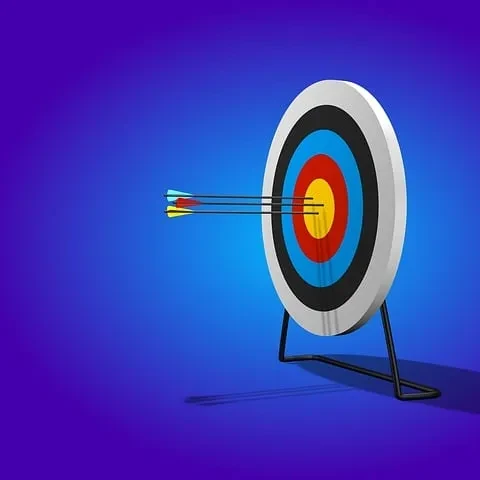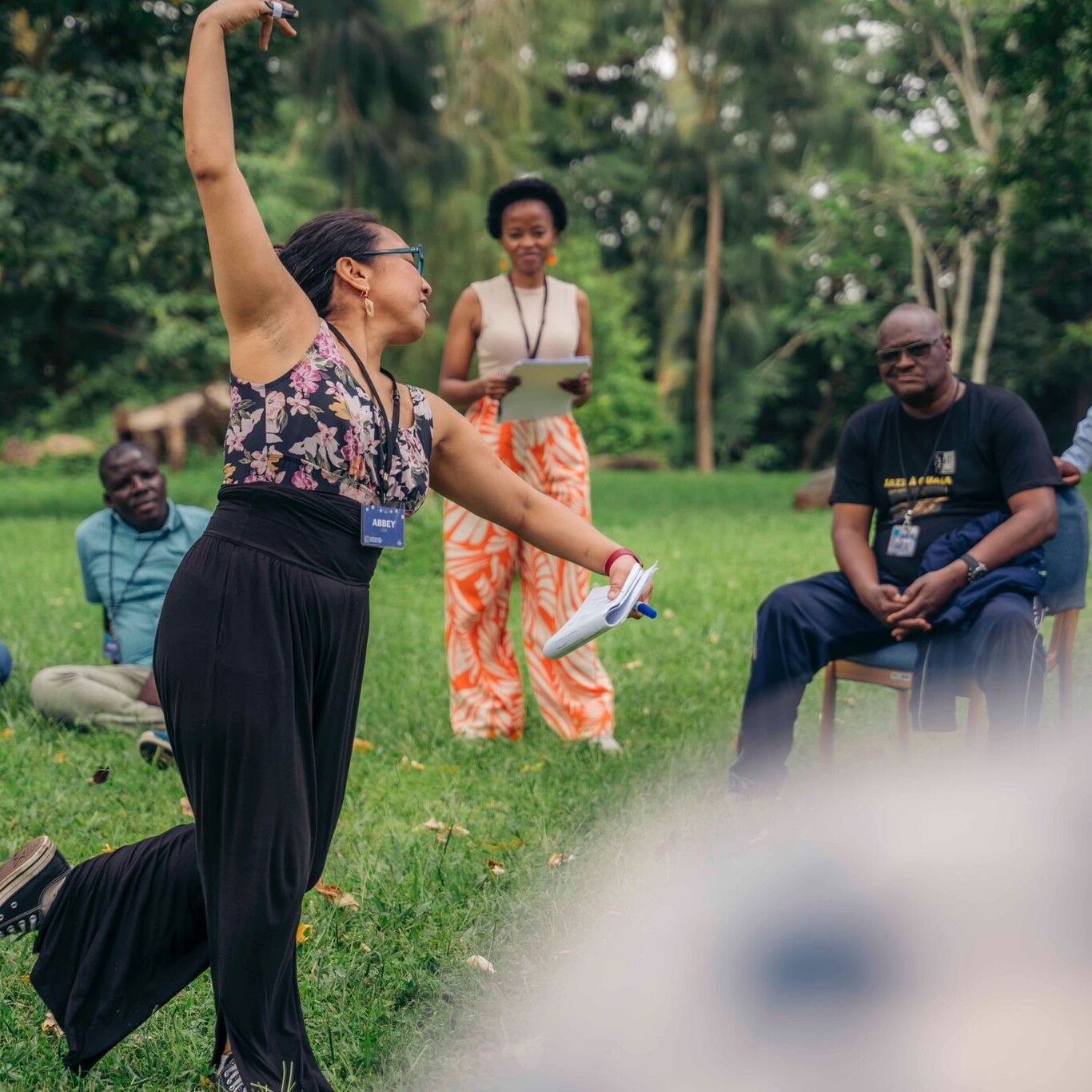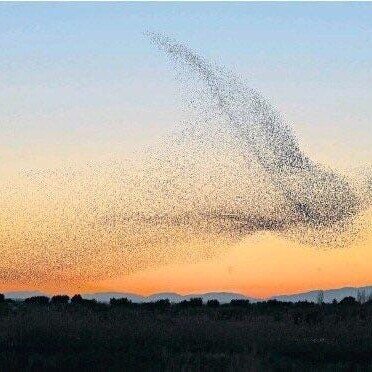The Power of Network Governance and Leadership
In a world that thrives on interconnectedness, the role of effective network governance and leadership practices in building sustainable and connected communities cannot be overstated. It’s a journey marked by trials, tribulations, and triumphs, but one that has the potential to transform lives and landscapes. In this narrative, I will share the invaluable insights I’ve gained, as well as the lessons learned from others, on the path to creating communities that endure and flourish.
The Inclusive Magic of Networks
At the heart of every sustainable community lies inclusivity and diversity. Communities are like vibrant ecosystems, benefiting from the rich tapestry of perspectives, backgrounds, and talents that members bring to the table. In my experience, the magic (real connection) often happens when individuals from different walks of life come together, and that magic becomes even more potent when all voices are heard and respected.
Take the example of a community garden I was involved in. Our vision was to create a green oasis in the heart of the city of Lokoja. Our diverse group included young urban professionals, retirees, and students. Each member brought unique skills and ideas to the table. For example, Mr. David, a member with horticultural expertise, provided guidance on plant selection, optimal growing conditions, and sustainable cultivation practices. He also helped maximize crop yield, address potential pest issues, and ensure the overall health of the garden. This skill is valuable for building a strong sense of community around the garden. Also, Ms. Patricia, another member who was skilled in community engagement, helped us organize workshops, educational sessions, and volunteer days to involve more people. She also facilitated communication between garden members and local residents, fostering a collaborative and inclusive gardening environment. It was when we embraced this diversity that our garden flourished. We learned from each other, and the garden transformed into a place where individuals from all backgrounds found common ground, fostered friendships, and nurtured an eco-friendly space that benefited the entire neighborhood.
Vision and Trust: Building the Foundations
Sustainability begins with a clear vision and shared goals. A community needs a direction—a sense of purpose that binds its members together. Whether it’s creating a more inclusive city, addressing environmental issues, or promoting local businesses, a well-defined mission inspires action and drives collective energy.
However, even the loftiest of goals cannot be achieved without trust. It’s the glue that holds communities together. I’ve seen trust develop from open communication and mutual respect. When members can rely on each other to deliver on their commitments and operate with integrity, it paves the way for profound collaboration.
Fostering Empowerment and Collaboration
One of the secrets to community sustainability is empowering members. Leaders should create an environment where individuals are encouraged to take ownership of projects and ideas. The joy and satisfaction that come from contributing to a shared vision can be incredibly motivating.
I experienced the true essence of empowerment in the heart of Bwari, a community located in Abuja in Nigeria, where I currently reside, during a transformative neighborhood revitalization endeavor. Our team embarked on the ambitious mission of breathing new life into a long-neglected park. In this collective venture, we weren’t just residents; we became urban planners, artists, and builders, each contributing a unique skill set to the project. The local government played a pivotal role by providing the necessary resources and expertise, endorsing our vision for positive change.
Together, we turned the once-overlooked park into a lively hub for community events, recreation, and relaxation. However, it wasn’t merely a physical transformation; it was a revival of our shared sense of community. We, the residents, emerged as the architects of change, and the impact of our collaborative efforts proved to be enduring. The revitalized Bwari Park became a symbol of our collective strength and a testament to what a community can achieve when empowered individuals come together with a shared vision.
Seeds of Solidarity: Community and Sharing
Indigenous cultures often place a strong emphasis on community and sharing. This principle has resonated with our Resource-Sharing Network, a local indigenous and community network I am a member of here in Nigeria, reminding us that our strength lies in our ability to unite and support each other.
For instance, the practice of communal farming has deeply influenced our network’s approach to resource sharing. In many indigenous communities, people come together to cultivate crops, ensuring no one goes hungry. This spirit of shared resources and collective responsibility has found its place in our network. We pool our skills, knowledge, and resources to ensure that everyone’s needs are met. This not only creates a sense of belonging but also strengthens our collective capacity to achieve our goals of equity and liberation.
Adaptability: The Key to Longevity
The road to sustainability is not a straight path. Communities are dynamic and continually evolving. Successful network governance and leadership practices must be adaptable and flexible to navigate these changes. This adaptability was particularly evident when I joined a community-driven tech start-up.
Our initial mission was to bridge the digital divide in underserved neighborhoods. As time passed, we realized that the needs of our community went beyond access to technology. They craved education, job opportunities, and a sense of belonging. We adjusted our strategy, expanded our services, and established partnerships with local schools and businesses. By staying open to change and responding to the community’s evolving needs, we created a network that not only survived but thrived.
Capacity Building: The Gift of Knowledge
Building a sustainable community also requires the development of its members. Providing opportunities for learning and growth is crucial. Through workshops, training sessions, and mentorship, community leaders can equip individuals with the skills needed to participate and contribute effectively and actively.
In one of my roles as a community organizer, I had the privilege of mentoring young adults from marginalized backgrounds. With access to resources and education, they transformed into leaders who took charge of community initiatives. The pride I felt watching these individuals bloom into confident, capable change-makers was immeasurable. It highlighted the significance of capacity building in nurturing a sustainable community.
Celebrating Success: A Catalyst for More
Just as important as hard work is the celebration of success. Recognizing and acknowledging achievements within the community fosters a sense of pride and accomplishment. It motivates individuals to keep pushing forward and helps solidify their commitment to the cause.
PlasticZero Project, a community project I was involved in, aimed to reduce single-use plastic waste. When we successfully convinced local businesses to switch to sustainable alternatives, we celebrated the milestone with a community-wide event. It was a time for laughter, shared stories, and a collective sense of achievement. The celebration created positive energy, inspired volunteers to continue their efforts, and attracted new members to join our cause.
The Power of Technology and Innovation
In our digital age, embracing technology and innovation is essential for connecting and sustaining communities. Digital platforms, apps, and online tools can streamline communication, collaboration, and data analysis, making community projects more efficient and accessible.
I remember a time when our neighborhood association struggled to communicate with members effectively. It was through the integration of a simple community app – NeighborLink, that we improved our communication and engagement significantly. Members could easily access updates, share their thoughts, and even participate in virtual meetings, ensuring that our community remained well-connected and informed.
Global Solidarity: A Uniting Vision
A transformative shift I’ve witnessed in our global network is the growing sense of solidarity and unity in times of crisis. It’s a testament to the power of global connections.
During a particularly challenging period, while working remotely for this grant-making nonprofit organization, which was based in the US in the capacity of their African Regional Community Weaver, our global network united to support a common cause. It was inspiring to see members from different corners of the world rallying together to provide aid, resources, and expertise to regions in need. This collective response demonstrated that the bonds we weave in our global network are not only about professional connections but also about fostering a sense of global unity.
The transformative shift towards global solidarity and the willingness to support one another across borders instills hope that in a world filled with challenges, our networks will be a force for positive change and shared humanity.
In conclusion, the journey to building sustainable and connected communities through effective network governance and leadership practices is a dynamic and rewarding one. It’s marked by inclusivity, trust, empowerment, adaptability, capacity building, and celebrating successes. With the right vision, we can pave the way for a brighter, more connected future.
Michael Abdullahi, a dedicated community weaver from Nigeria, brings a wealth of professional experience that transcends borders, encompassing projects across diverse countries, cultures, religions, and backgrounds. His transformative work revolves around the collaborative efforts of diverse groups, and he stands as a catalyst for weaving the threads of varied communities into a unified tapestry. Michael possesses a unique talent for dissolving boundaries, emphasizing that collective strength knows no bounds, especially when grounded in principles of equity and decolonization.
More than a mere bridge builder, Michael is an architect of change and a driving force for progress. His advocacy for social cohesion and positive transformation finds expression in dynamic initiatives that rally communities around shared visions. Whether spearheading grassroots campaigns or contributing to global movements, Michael’s influence sparks collaboration, resulting in tangible and enduring impacts. As a visionary leader, he instinctively sees the bigger picture, inspiring others to pursue a more harmonious future. Michael has left an indelible mark with a five-year legacy of influence, touching countless lives and sowing the seeds of unity and decolonization wherever he goes.

Network Weaver is dedicated to offering free content to all – in support of equity, justice and transformation for all.
We appreciate your support!



